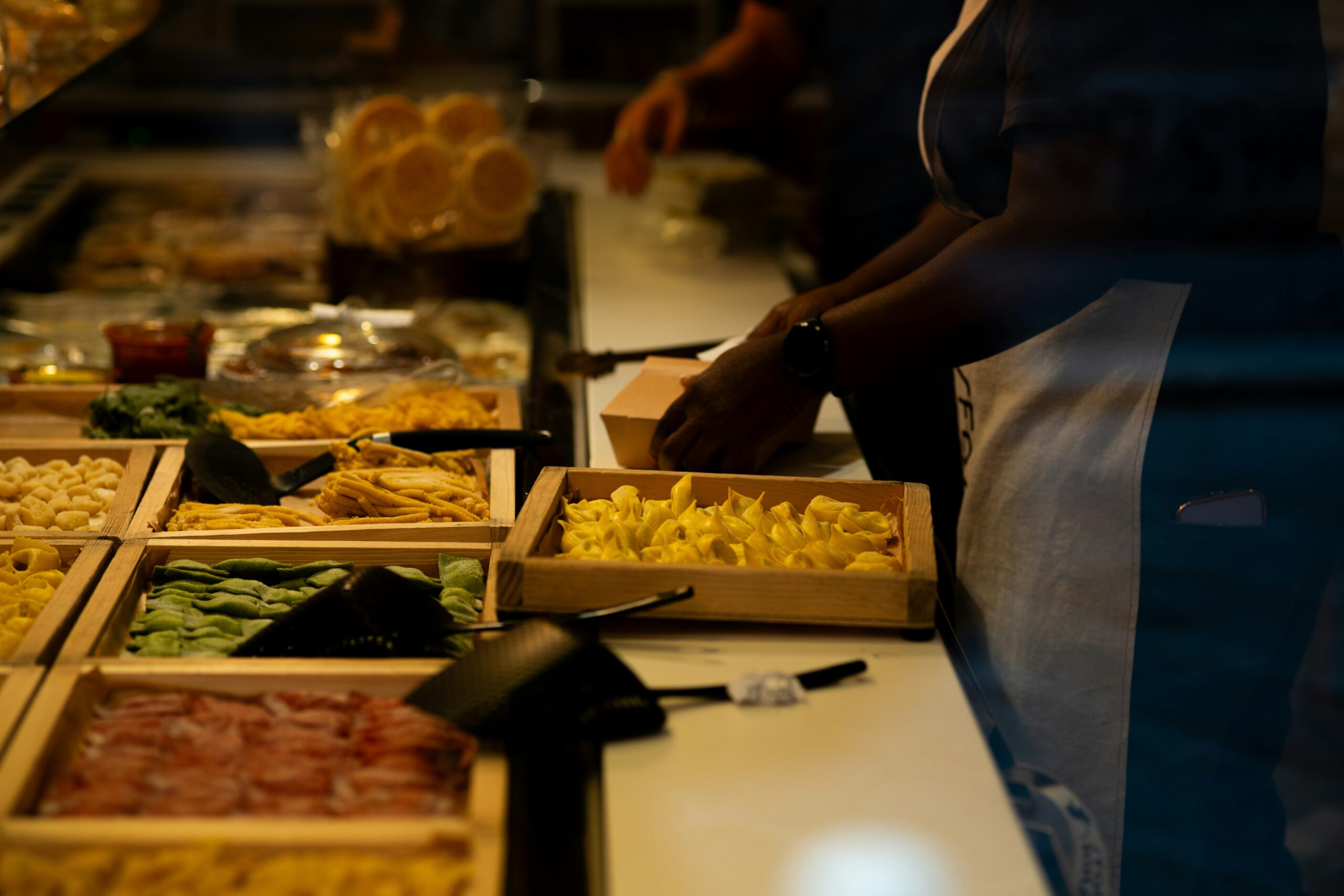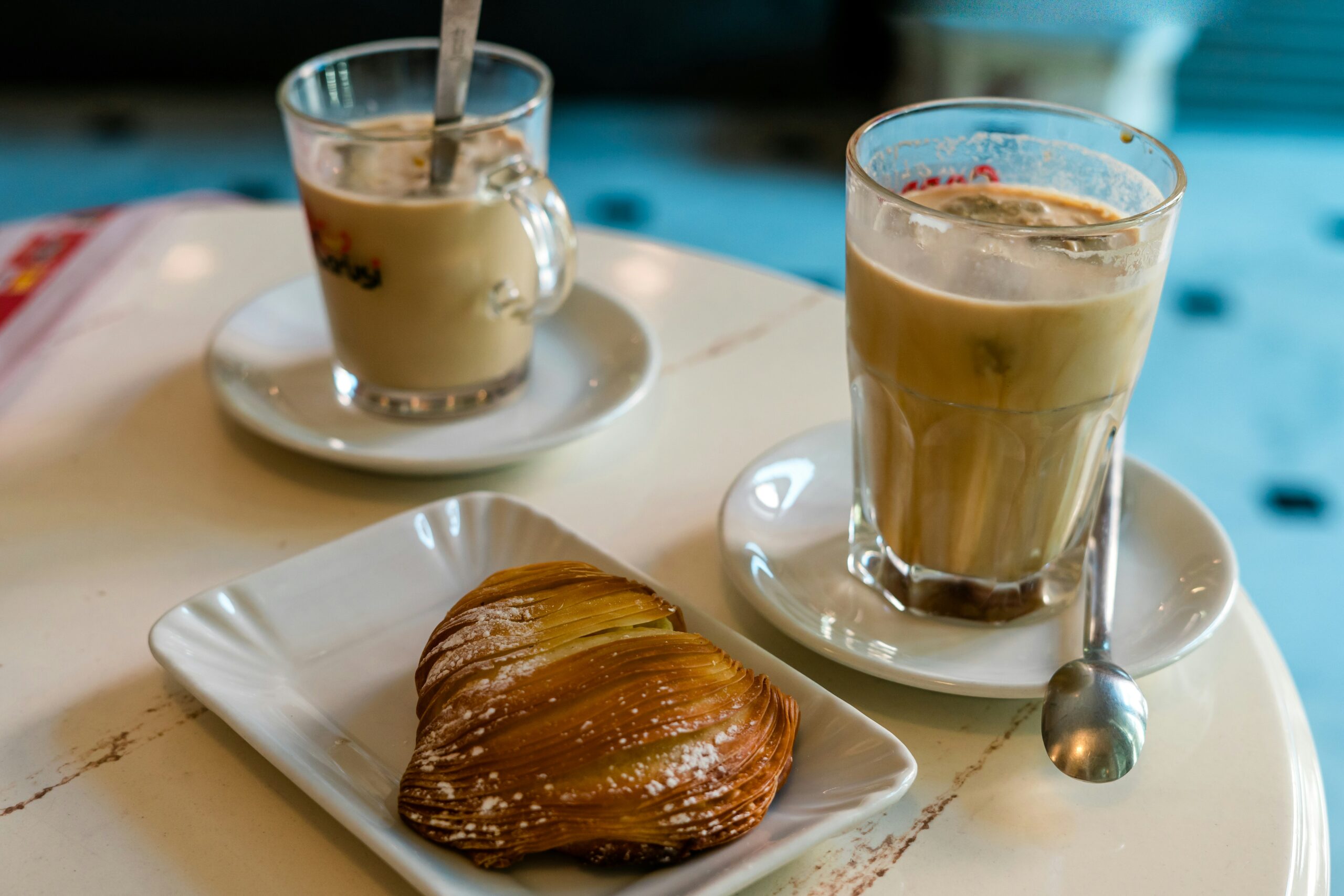The Sweet Story of Italian Desserts | A Journey Through History
The Sweet Story of Italian Desserts | A Journey Through History
Italy’s desserts are more than just sweet treats; they are a reflection of the country’s rich history, regional diversity, and culinary artistry. From ancient Roman honey cakes to Renaissance-era gelato and modern innovations, Italian sweets have evolved over centuries, influenced by conquests, trade, and cultural exchanges.
Whether you’re a tourist eager to explore authentic flavors, a food lover with a passion for history, or a general reader curious about Italy’s culinary past, this deep dive into the history of Italian desserts will take you on a journey through time, exploring the origins, transformations, and enduring traditions behind some of Italy’s most beloved sweets.
Ancient Rome: The Sweet Beginnings
The Birth of Italian Desserts
Long before tiramisu and cannoli, the Romans were enjoying sweet treats made from honey, nuts, and fruits. Sugar was not yet available, so desserts were sweetened with honey, dried figs, and dates.
Popular Roman-Era Desserts
- Libum – A honey-sweetened cheesecake offered to the gods.
- Globuli – Fried dough balls coated in honey, similar to today’s struffoli.
- Mustacei – Grape must cakes baked on bay leaves, an early form of Italian spice cake.
The Romans also introduced baking techniques and ingredients like nuts, cheeses, and wine-infused sweets that would later define Italian pastries.
Medieval Italy: The Rise of Sugar and Spices
During the Middle Ages, Italy’s desserts became more refined as sugar, spices, and almonds were introduced from Arab traders. Sicily, under Arab rule, saw the birth of many iconic sweets that still define its pastry culture today.
Medieval Sweet Innovations
- Marzipan – Made from almonds and sugar, this sweet almond paste became a Sicilian specialty.
- Cannoli – Originally an Arab-inspired dish, these crispy, ricotta-filled pastries became a Sicilian favorite.
- Panforte – A dense, spiced fruitcake from Siena, influenced by medieval spice routes.
This period also saw the early versions of gelato, thanks to Middle Eastern techniques of preserving ice and snow mixed with fruit syrups.
Renaissance Italy: The Birth of Modern Pastries
The Renaissance era, particularly in Florence and Venice, marked a golden age for Italian cuisine. Wealthy families like the Medici played a key role in shaping dessert culture by promoting elaborate, artistic sweets.
Renaissance Dessert Creations
- Zabaglione – A foamy, wine-infused custard thought to have originated in Venice.
- Torrone – A nougat made with honey, almonds, and egg whites, which became a staple at Italian celebrations.
- Sfogliatella – A flaky, layered pastry filled with ricotta, developed in Naples.
Gelato also became more refined in this period. Bernardo Buontalenti, a Florentine architect and chef, is credited with developing the first creamy version of gelato in the late 1500s.
The 18th & 19th Centuries: Regional Specialties Flourish
With Italy still divided into many small states, regional desserts became more distinct. Each area developed its own signature sweets based on local ingredients and cultural influences.
Famous Regional Sweets
- Tiramisu (Veneto) – Although its exact origins are debated, tiramisu became a Venetian classic, combining coffee, mascarpone, and ladyfingers.
- Pastiera Napoletana (Campania) – A ricotta and wheat pie traditionally made for Easter in Naples.
- Crostata (Tuscany & Lazio) – A rustic fruit tart with a shortcrust pastry base, enjoyed throughout central Italy.
The popularity of chocolate also surged during this period, particularly in Piedmont, where gianduja (chocolate-hazelnut spread) was created due to Napoleon’s cocoa trade restrictions.
The 20th Century: Innovation & Global Fame
By the 20th century, Italian desserts were no longer just regional delicacies; they had gained international recognition. The rise of modern cafés and gelaterias helped make Italy’s sweets famous worldwide.
Modern Italian Dessert Icons
- Gelato – Artisanal gelato exploded in popularity, with flavors ranging from pistachio to stracciatella.
- Panna Cotta – A silky, cream-based dessert that became a staple in Italian restaurants worldwide.
- Affogato – The perfect marriage of gelato and espresso, enjoyed in coffee culture around the world.
Mass production allowed Italian chocolates, biscotti, and panettone to be exported, making brands like Ferrero (Nutella), Perugina (Baci), and Bauli (panettone) household names beyond Italy.
Italian Desserts Today: Tradition Meets Innovation
Today, Italian desserts continue to evolve while maintaining deep-rooted traditions. Many pastry chefs experiment with new flavors, techniques, and even gluten-free and vegan adaptations of classic sweets.
Trendy Italian Desserts
- Sicilian Cannoli with Pistachio Cream – A modern take on the traditional ricotta filling.
- Tiramisu Variations – Including matcha tiramisu, berry tiramisu, and even vegan versions.
- Gourmet Panettone – High-end bakeries now create panettone with exotic flavors like saffron, fig, and chocolate chips.
Despite innovations, many Italians still preserve traditional baking methods, ensuring that desserts remain a key part of Italy’s cultural identity.
Final Thoughts: Why Italian Desserts Stand the Test of Time
Italian desserts have survived centuries of cultural influences, foreign invasions, and technological advancements, yet they remain timeless and universally loved. From the honey cakes of Ancient Rome to the global obsession with tiramisu, Italy’s sweet legacy is a testament to the country’s dedication to quality ingredients and culinary craftsmanship.
How to Best Experience Italian Desserts
- Visit local pasticcerias – Each region has its own must-try specialty.
- Pair desserts with traditional drinks – Vin Santo with biscotti, espresso with tiramisu, or limoncello with sfogliatella.
- Learn the history behind your favorite dessert – Understanding its origins makes it taste even better.
No matter where you are in the world, Italian desserts bring a taste of history, culture, and passion to every bite. So, whether you’re enjoying a classic cannolo in Sicily or a creamy gelato in Rome, you’re indulging in a centuries-old tradition that continues to delight dessert lovers across the globe.








